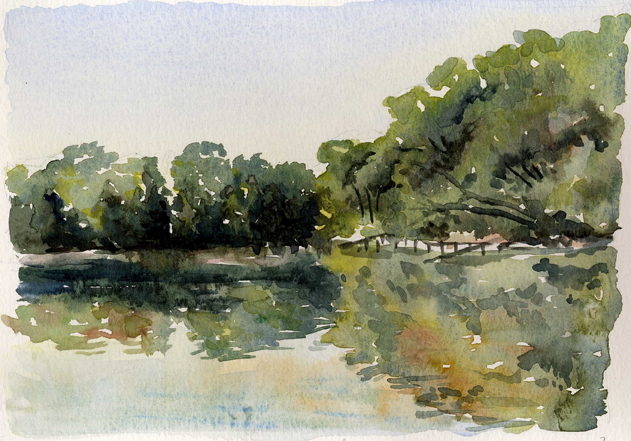Self-care is an evolving discipline for me. I was labeled selfish and moody as a child, often sent to my room for being too emotionally intense. It may have been a practical strategy for a mother coping with four young children, but I didn’t understand that at the time. To this day, my alone time feels subversive. The deep core of Puritan work ethic and dedication to service in our cultural story can be misappropriated to guilt people, especially women, into caring only for others.
And yet, most spiritual traditions teach the importance of attending to oneself as an essential part of a life well lived. Modern teachers sometimes invoke the airplane oxygen mask as metaphor: you must secure your own mask before helping another with theirs. There’s also the cup of tea metaphor. Only once you’ve filled your cup to overflowing will you be able to give someone the tea that has spilled into the saucer. Continue reading








